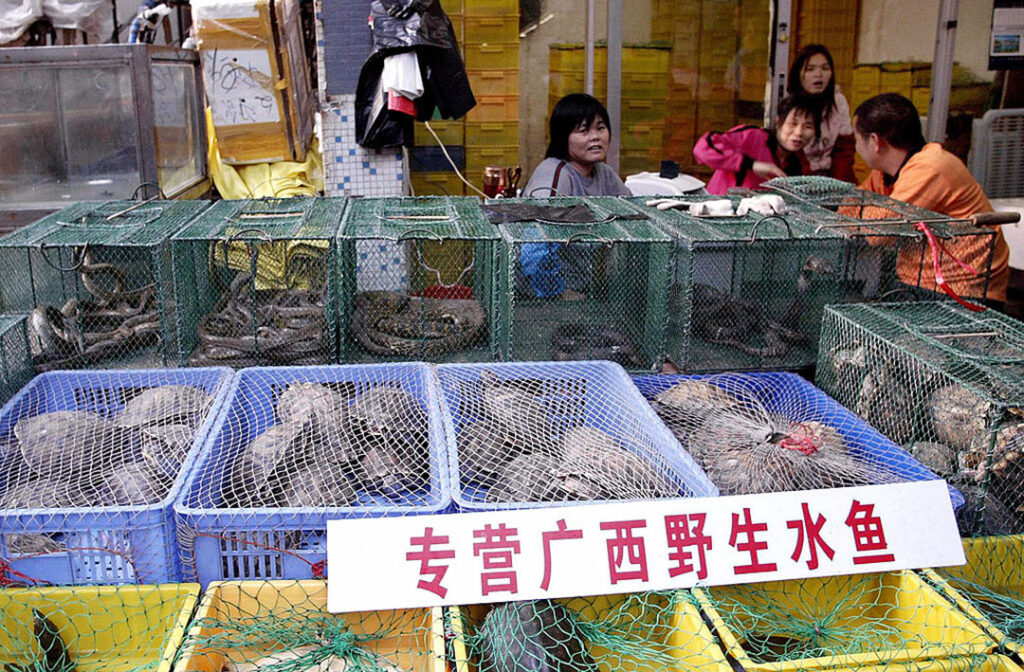ADF STAFF
In the early weeks of the COVID-19 pandemic, China took action to contain the likely source of the virus — infected wildlife meat sold in its now-infamous wet markets.
On January 1, Hubei province health officials closed the Huanan Seafood Wholesale Market, where the first cluster of cases is thought to have originated. Wuhan authorities banned the trade of live animals at all markets soon after.
In late February, China’s legislature banned buying, selling and eating wild animals — whether caught or bred — to prevent zoonotic diseases from jumping to people.
But two months later, live-animal markets across China largely were back in business. And although the ban was China’s most extensive restriction on wildlife trade in decades, it still left enormous loopholes for other uses, such as biomedical research and traditional Chinese medicine (TCM).
After the ban, the world watched in horror as COVID-19 spread. Experts say one way to prevent a future pandemic will be to clamp down on the trade and consumption of wildlife parts.
“Only by prohibiting the live trade in all wild birds and mammals can the risk of future viral emergences be prevented, and thus other forms of trade should also be included in this ban,” the Wildlife Conservation Society (WCS) said. “In addition, this creates a potential loophole for traffickers who may exploit the nonfood exemptions to sell or trade live wildlife.”
TCM continues to use banned wildlife ingredients. Practitioners and users believe some wild animals have health benefits, which has helped drive the illegal smuggling and trade of species such as the endangered pangolin.
The most-trafficked mammal on the planet, pangolin meat is considered a delicacy in China. Its scales, believed to cure a variety of illnesses, are used by the ton — much of them coming from Africa.
China’s official policies regarding wildlife and the double standard of allowing loopholes for TCM frequently have been a source of frustration among the world’s government and health officials, conservationists, activists, and researchers.
COVID-19 is far from the first zoonotic disease to have originated in China.
An open letter on April 4 to the World Health Organization from a group of 241 conservation organizations stated that severe acute respiratory syndrome outbreak from 2002 to 2003 emerged in Chinese wildlife markets and killed 774 people. Other diseases associated with wildlife include Ebola, Middle East respiratory syndrome, HIV, bovine tuberculosis, rabies and leptospirosis.
“Zoonotic diseases are responsible for over 2 billion cases of human illness and over 2 million human deaths each year,” the authors of the open letter said.
But reforming China’s $7.1 billion wild-meat industry is proving difficult. Even more entrenched is China’s considerably larger wildlife-farming industry, which employed more than 14 million people in 2016 and was valued at $74 billion, according to a 2017 report by the Chinese Academy of Engineering.
Very little has changed in Africa, according to Tim Davenport, WCS’ Tanzania-based director for species conservation.
“There is little evidence yet that the new legislation in China governing trade in wild animals is having a significant impact in Africa,” he told ADF. “Online forums such as Weibo, Alibaba, Baidu and Sogou continue to offer African wildlife and/or their parts for sale.
“Poaching for commercially traded species, meanwhile, has continued to rise across the continent.”

